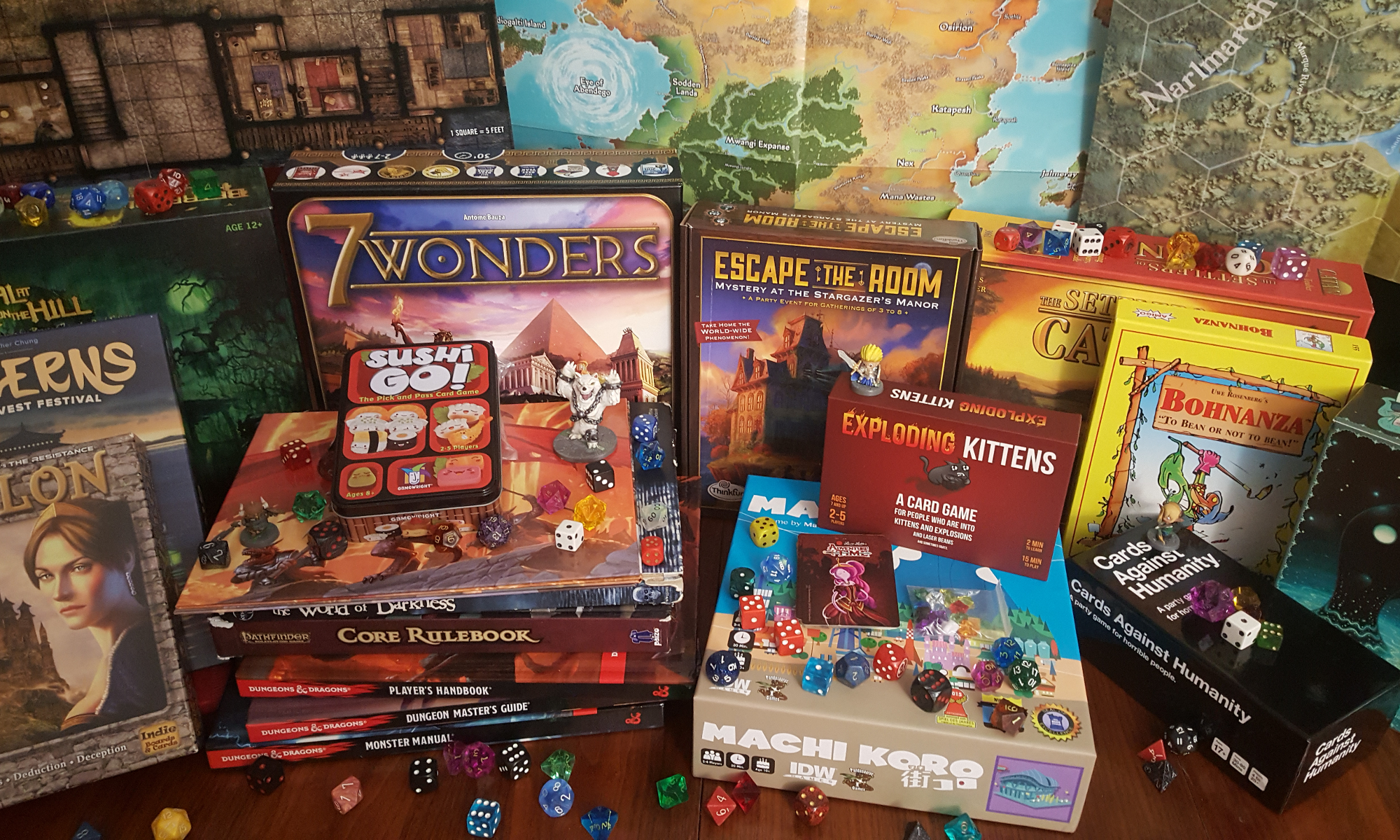A little more than a year ago, we posted our look at the playtest version of Pathfinder 2nd Edition. Now that the full final version is out, we’re pleased to give you our first impressions of the new edition of the now iconic successor to D&D 3rd Edition, and one of my favorite roleplaying games.
There are a million blogs, vlogs, subreddits, forum threads and YouTube videos about the new edition of the Pathfinder Roleplaying Game, many of which do a more thorough analysis of the new rules than, perhaps, I am likely to offer, so I’m not going to spend this blog doing a rules comparison. Our episode today and our previous episode regarding the playtest are going to be the sum total of rules explanation I do at this time. Likewise, revisiting Golarion, one of my favorite Kitchen Sink roleplaying game settings, would probably be extraneous. Even a discussion of the system’s art is something I’ve already done.
So, instead, I’m going to talk a bit about my perception of the game’s design philosophy. What’s interesting about Pathfinder as a roleplaying game, is that it does virtually nothing new. What strange praise for one of my favorite game of all time! “Almost everything about it has been done before.” If I had to point at something truly unique about the Pathfinder Roleplaying Game without citing the setting, I would be hard pressed to find much of anything apart from how it arranges its elements.
Don’t get me wrong – I LOVE originality. Monsterhearts and other Powered by the Apocalypse are always welcome. FATE has such a refreshing approach to setting creation that I constantly want to crib bits for my other games. The unique offerings of the one-page roleplaying games never fail to delight me. Originality is great! Innovation is beautiful!
And Pathfinder is, by and large, primarily innovative in how well it blends together disparate but established elements of roleplaying. My earliest recollection of what we now call feats was the system of perks from the Fallout video game series that, in the first three games at least, functioned almost exactly the way Feats do in D&D 3rd Edition. Those have been carried over into every subsequent d20 variant. Mandating feats that are related to a character’s ancestry and skills (rather than simply offering such feats) helps to make characters feel interesting without forcing characters who want more practical and non-combat skills and abilities to feel pressured to keep up with better min-maxed characters and is, itself, partially cribbed from D&D 4th Edition.
Skill allocation in PF2e likewise resembles systems like World/Chronicles of Darkness, Fate and other systems where a point-by-point breakdown of skills is eschewed in favor of a simpler system in fewer tiers. Despite the fact that the math behind skills in d20 games is simple, it can still be stressful and overwhelming for some players to have to record so many numbers, and simplifying it to a one-word description makes the game more comfy for these players.
Having 3 actions and 1 reaction (without the differentiation between move, standard, quick and free as developed in 3rd edition) is relatively innovative for a d20 game, but has existed in numerous video games for a very long time. Likewise, giving only some characters a reaction that allows them to attack moving and disengaging enemies (the Fighter’s ability to take what were previously freely available Attacks of Opportunity) is innovative for a d20 game, but has also been part of both video games and wargames for a long time.
To me, it really feels like the developers of Pathfinder 2nd Edition wanted to learn from and integrate some of the better mechanics of the growing list of D&D variants and successful roleplaying games in general. The result is a game that is intended to carry over the spirit of 3rd Edition D&D (the reason that it’s still a VERY crunchy game) but with the lessons learned from the other editions and, importantly, with an eye toward avoiding the foibles of those games.
Due to an inexhaustible supply of cynicism, I suspect that this edition will probably one day succumb to the level of rules creep present in the 1st Edition of the game even as I enthusiastically await the upcoming material that will push them closer to that point. Thank you.
As a final note, really appreciate that all the goblinoids actually look like goblins now. Seriously – it’s always felt less like hobgoblins and bugbears were only tangentially related to goblins, kind of like how horses had these doglike ancestors that really didn’t look like horses at all. Now, they all feel like distinct flavors of goblin that would be at home living and working in goblin villages rather than creatures with very little relation that just happen to co-occupy the same territories peacefully.

